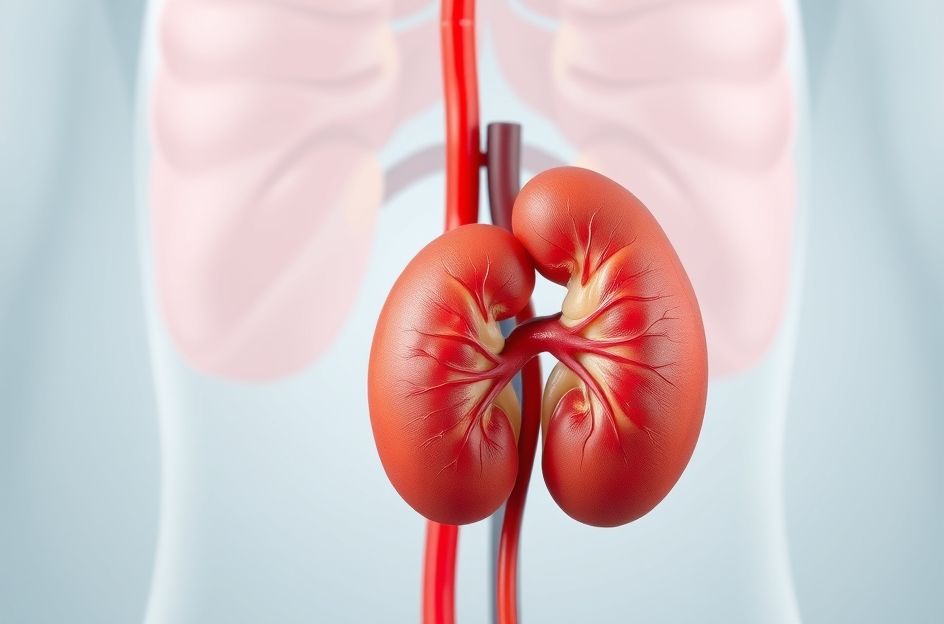The kidneys are bean-shaped organs vital to the urinary system in vertebrates, including humans. Their primary function is to filter waste products, such as urea, from the blood. This waste, along with excess water, is then excreted as urine.
In humans, the kidneys are located in the posterior abdomen, one on each side of the spine, just below the liver. Adjacent to each kidney is an adrenal gland, also known as a suprarenal gland. The kidneys reside behind the lining of the abdominal cavity, typically spanning from the T12 to L3 vertebral levels. The right kidney is often positioned slightly lower than the left to accommodate the liver.
An average adult human kidney measures approximately 11.5 cm in length and 4.5 cm in depth, with a weight of up to 160 grams. Their characteristic bean shape features a concave side facing inward. This concave side contains an opening called the hilus, which serves as the entry and exit point for the renal artery, renal vein, nerves, and the ureter.
Due to their crucial role in waste filtration, kidneys are susceptible to various infections and diseases. Common kidney problems include kidney stones and kidney cancer. Severe infections can lead to kidney failure.
